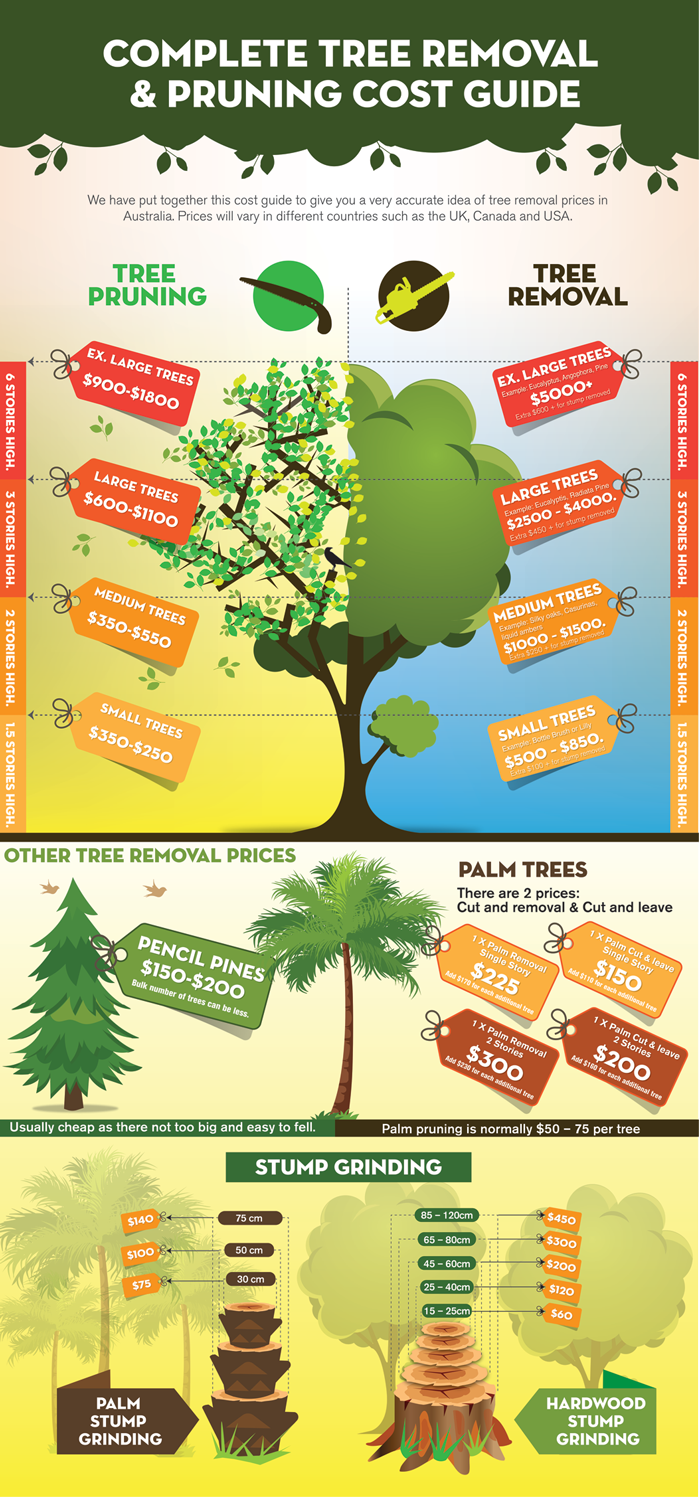Clues That Suggest Tree Removal: Exactly How To Spot Hazardous Trees
Clues That Suggest Tree Removal: Exactly How To Spot Hazardous Trees
Blog Article
Write-Up By-Truelsen Enemark
When it involves tree care, recognizing the indications that it's time for removal is important for your safety and security and property. You may observe blemished fallen leaves, wilting branches, or odd fungal developments indicating illness. Structural concerns, like a considerable lean or fractures in the trunk, can likewise posture risks. Understanding these indication can assist you make notified decisions about your trees and stop possible hazards prowling in your backyard. What should you search for next?
Signs of Degeneration and Disease
When you notice indications of degeneration and condition in your trees, it's critical to act promptly. Seek discolored fallen leaves, wilting branches, or unusual growths like fungus. https://www.google.com/maps/uv?pb=!1s0x87695392e3f6d517%3A0xc91102aef5ddf5d8!5sPrecision%20Timber%20Felling!15sCgIgARICEAE&authuser=2&imagekey=!1e10!2sAF1QipM5dKLcBDmVR66uJu8vkMzVmk8AHaqt23NmRu5F can indicate that your tree is having a hard time.
If you see splits in the bark or soft, mushy wood, these signs recommend internal degeneration. Additionally, an unexpected boost in insects around your tree can signify that it's compromised and prone.
Check for any kind of dead or passing away arm or legs, as they posture a risk to your property and security. If you doubt about what you see, speaking with an arborist can offer clearness.
Attending to these indications early can save you from a lot more comprehensive damage and make certain the wellness of your yard. Don't wait till it's far too late.
Structural Instability and Leaning
As you observe your trees, keep an eye out for any indications of structural instability or leaning. If a tree leans dramatically, it might show that the origin system is jeopardized.
Look for any type of cracks in the trunk or soil around the base; these can signal possible failure. Additionally, look for uncommon growth patterns, like an uneven crown, which may suggest that the tree is having a hard time to hold itself upright.
If you notice that the tree leans toward your home, power lines, or other frameworks, it positions a greater risk. Do not disregard these indicators-- get in touch with an arborist to evaluate the situation.
Doing something about it early can avoid pricey damages and ensure your safety and security.
Dead or Perishing Branches and Foliage
If you discover dead or passing away branches and foliage on your tree, it's a clear sign that something's wrong.
These undesirable areas can suggest underlying problems like disease, pest infestations, or environmental tension. When branches lose their fallen leaves or turn brownish, they're no longer adding to the tree's wellness. Neglecting these indicators could cause additional decrease, making your tree more harmful.
Dead branches can easily break off during storms, presenting a risk to building and individuals close by. It's crucial to examine the extent of the damage.
If the trouble affects a considerable part of the tree, think about speaking with an expert. They can help figure out if elimination is essential to guarantee safety and keep the elegance of your landscape.
Conclusion
If you see any type of indications of degeneration, architectural instability, or dead branches on your trees, don't overlook them. mouse click the next page can posture significant safety dangers to you and your residential property. It's always best to speak with a professional arborist who can give a specialist evaluation of your trees. Acting early can protect against crashes and expensive damage, guaranteeing your landscape remains safe and healthy and balanced. Keep in mind, it's better to be proactive regarding tree treatment than to wait on a disaster to happen.
